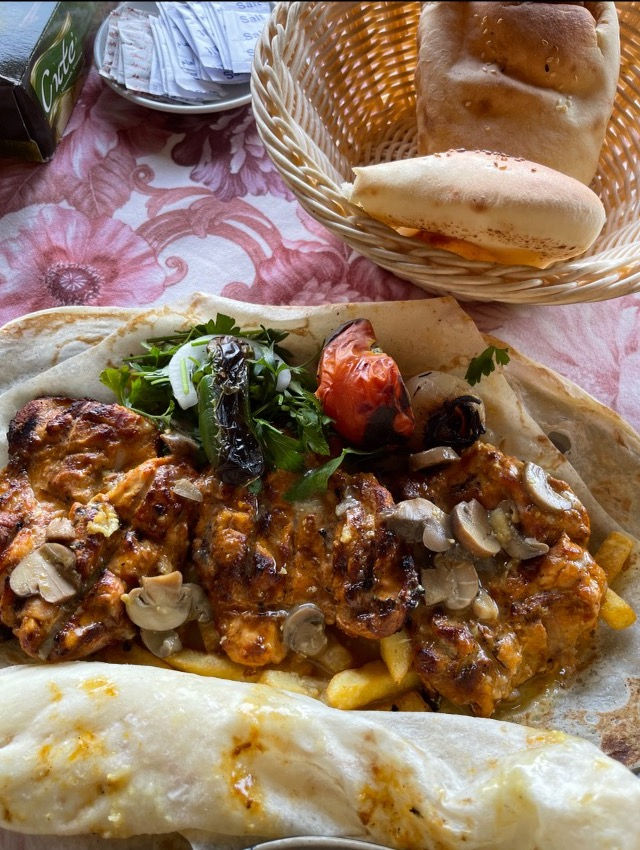My Love Letter to Amman
- Maya Shanti
- Feb 17, 2022
- 2 min read
Driven by copious amounts of homesickness and in a blogpost that may be tinged with a small amount of sadness, I introduce to you the city I was born in, grew up in, and am always yearning for – Amman.

Jabal-Al-Qala'a, i.e. Temple of Hercules (source: own picture)
Amman is the capital city of Jordan and has been built on layers upon layers of history. It saw the emergence and downfall of many great empires: the Akkadians, the Ancient Egyptians, the Romans, the Umayyads, the Abbasids, and the Ottomans. The heart of the city, downtown Amman, envelops Roman temples and citadels, Byzantine churches, and Umayyad mosques. The houses and streets are interwoven with these ancient ruins, to the point where it is difficult to distinguish the archaic from the new. Even just walking through the streets of downtown Amman, the city’s rich heritage can be felt – the beautiful Arabic music wafting from storefronts, the smells of delicious Jordanian food from neighboring houses, and even the yells of street vendors trying to sell you souvenirs, everything reminds me of home.

Downtown Amman and Roman Citadel (source: own picture)
The Greater Amman Municipality, however, more closely resembles an explosion. After the Arab Spring, an enormous influx of refugees flooded the country, causing Amman’s population to jump from 3 million to 4 million in the span of a year. This demographic shock saw the building of refugee camps and informal settlements amongst already established neighborhoods. It is so common to find low-income housing, upper-class villas, and informal settlements within a single neighborhood. The sudden population growth also caused an urgent demand for more housing, and so apartments and residential units had to be built around malls, the financial district, and most commercial areas. It is so rare to find zones without some type of residential structures within them. This wasn’t enough, so the city had to continue growing. Bits and pieces are constantly added to it and stitched together, kind of like a sewing project gone wrong. It doesn’t have anything like the orderly rings of the concentric zone model, it’s literally like an explosion – pieces of the city have been spewed about everywhere.

View from a rooftop (source: own picture)
But that’s what makes Amman special. It doesn’t fit any model or follow any type of order, it kind of does its own thing. And that characteristic is mirrored by the people living there. So many different people from countries across the Middle East and so much food! Restaurants are constantly phasing in and out, whenever and wherever you go, you will always find a restaurant open. At 3 am coming home from the airport, I can easily order shawarma or a falafel sandwich. Even hungry and lost in a neighborhood in East Amman, I’d be able to find a café or restaurant with good food. I’ve been to so many cities around the world and I genuinely believe Amman has the best food I’ve ever had.

Traditional grilled chicken dish (source: own picture)
I have so much love for this city, and I know that no matter where I go or end up living, I will always call Amman my home.



Comments